Carding fleece here today. Using a Jacob's Fleece in rich chocolate brown which was donated by a Hopeweavers team member following a chat with a friendly shepherd at St Catherine's Hill, Winchester. Once carded, this fleece will be hand spun to form one of the yarns for my weaving. Thanks to Jann for this contribution. ~Jacqui L
As a starting point, I have begun to look at my own life using initially the pages of a concertina sketch book. Alongside notes and photographs some of which I have cut up and used as weft strips in weavings, I have taken a large 1 m x 1 m canvas which explored ideas of transitions from different stages in my life. I then cut this up to form a narrative over one entire side of the concertina book parts of which can be seen in Figures 1, 2 and 3. I found this a helpful process to begin to inform the overall work I will be developing. A series of reference points with words to mark specific times and values. Following surgery for cancer, I am deeply interested to see what happens when we allow ourselves to be cut and reformed in ways often way beyond our control. I wanted to explore this idea through the cutting and reforming of a large canvas. Alongside, I have been developing forms through weaving and sketching and through carding sheep’s ‘ hair’ – or fleece (Figure 4). Once spun, this fleece or hair forms strong and flexible yarn which can be used as the Warp in a new weaving (Figure 5). Using fleece from different sheep gives a wide variety of naturally occurring tones from white through cream to dark brown from Jacob’s sheep fleece (Figure 6). An example of woven fleece in a variety of colours from a previous project is shown in Figure 7. ~Jacqui L
Over the coming weeks I will be adding other words and photos to give emphasis to different life stages in the concertina book. I see this ‘blue print’ as my own reference chart. I also will be continuing to card and to spin wool in preparation for a larger weaving. This weaving will be formed of Warp yarns which will emerge from transparent acrylic tubes – rather like scientific samples – and then be woven together to form a bigger piece. These tubes have been purchased from the art supplier Seawhite alongside a larger plastic tube in which they and the finished larger weaving will be kept.
I will be sharing progress with Thornhill Art Group and on the website over the coming months. I look forward to seeing work by a number of people, following the visit to the Microscopy Suite at Portsmouth University in April 2013. Do contact me if you would like to find out more about this work. ~Jacqui L I am developing some ideas through weaving and sketching which I hope will lead to some finished pieces later in the year. Broadly I am pondering how the things that are important to us, hold us and enable us to be the people we are called to be. Using weaving and sketch books I hope to explore these concepts in respect of this exciting project reflecting the microworld. I am currently interested in the WARP threads in a weaving - the ones which are stretched across the loom or frame top to bottom to hold the WEFT threads - and thinking about them in terms of the things which hold us in life as individuals. In my case these are things like - family, home, God, creativity as examples. Abraham Maslow (1954) uses a helpful model which I reproduce here from http://www.simplypsychology.org/maslow.html. I hope to refer to this hierarchy in my creative work. The original hierarchy of needs five-stage model includes:
1. Biological and Physiological needs - air, food, drink, shelter, warmth, sex, sleep. 2. Safety needs - protection from elements, security, order, law, limits, stability. 3. Belongingness and Love needs - work group, family, affection, relationships. 4. Esteem needs - self-esteem, achievement, mastery, independence, status, dominance, prestige, managerial responsibility. 5. Self-Actualization needs - realizing personal potential, self-fulfillment, seeking personal growth and peak experiences. ~Jacqui L |
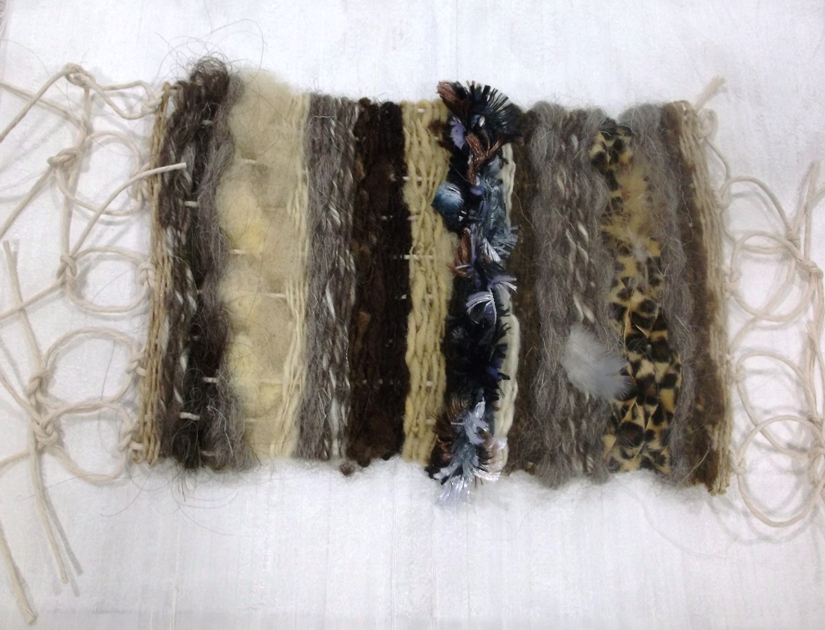
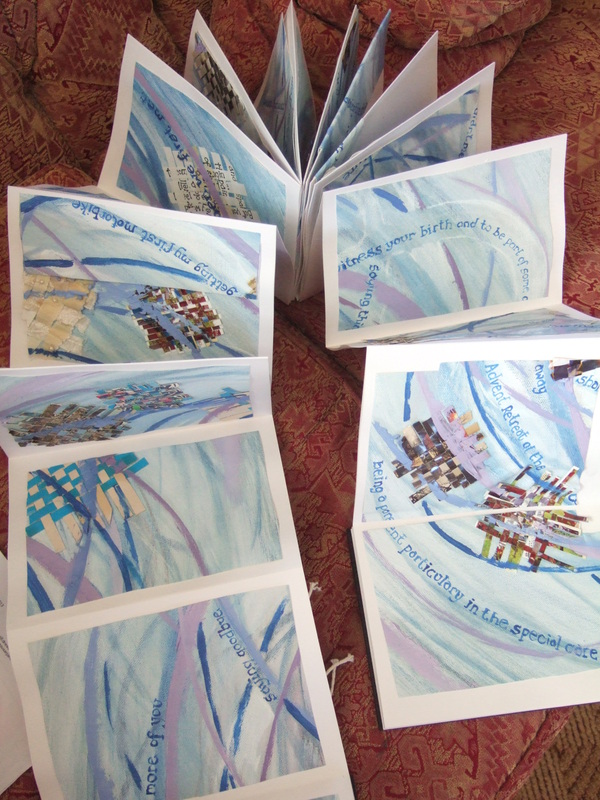
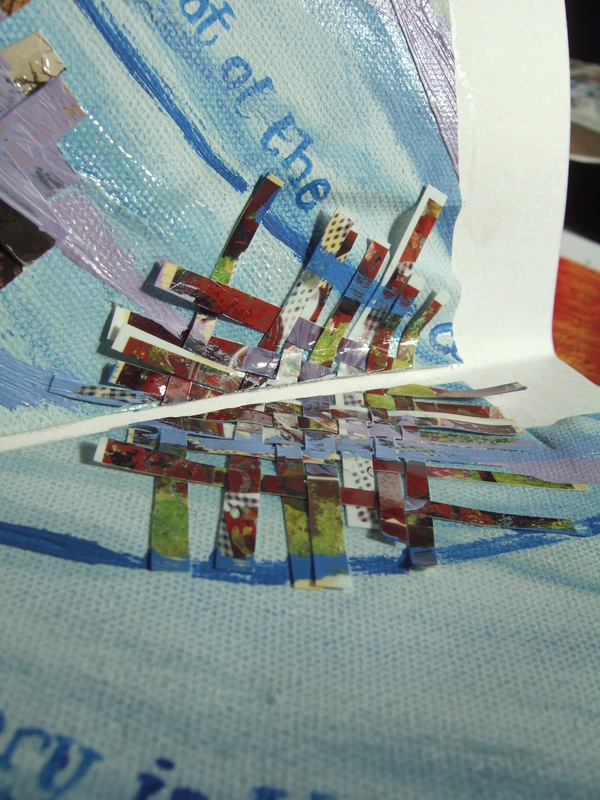
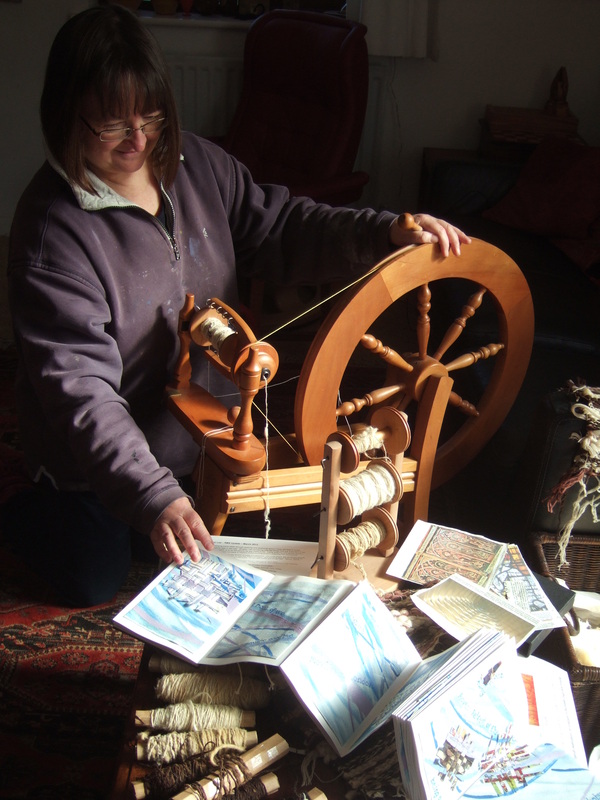
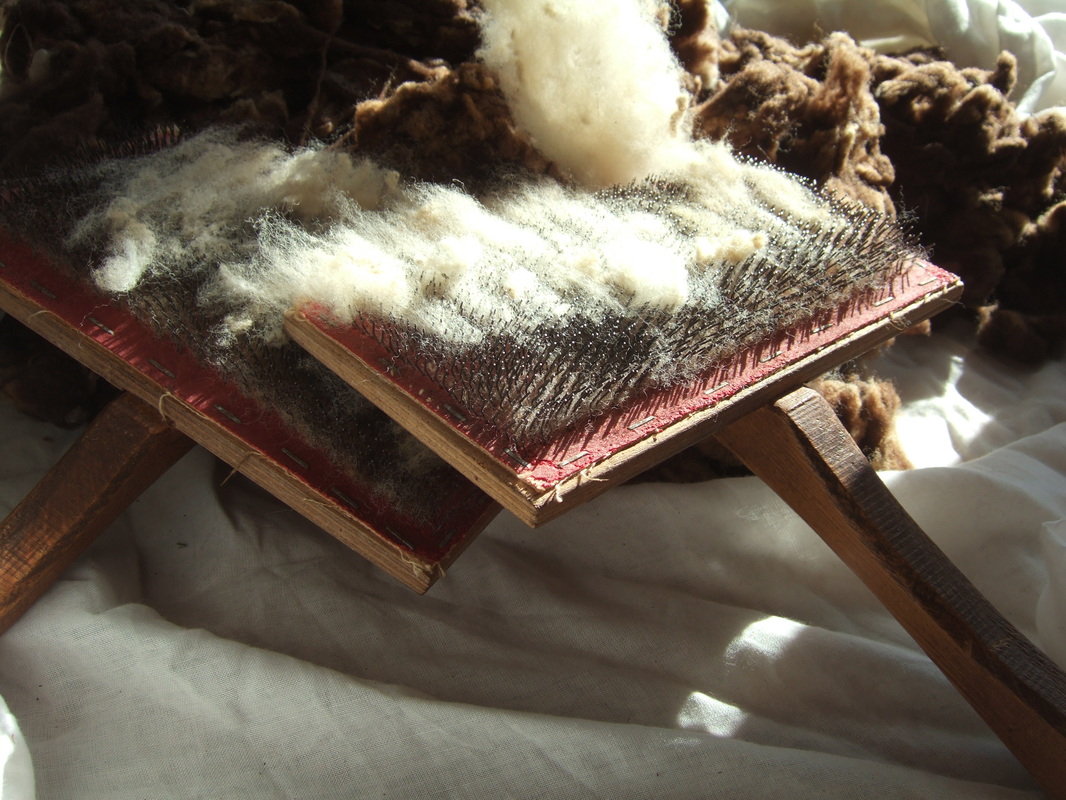
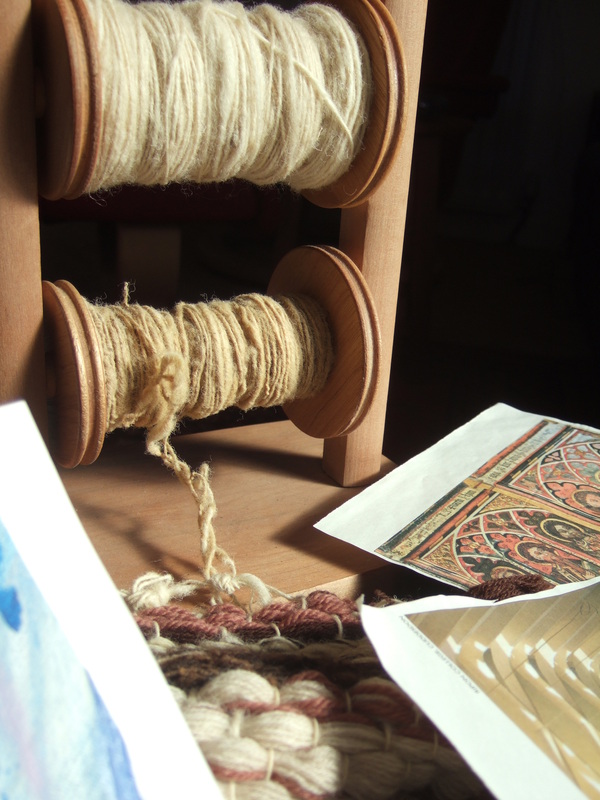
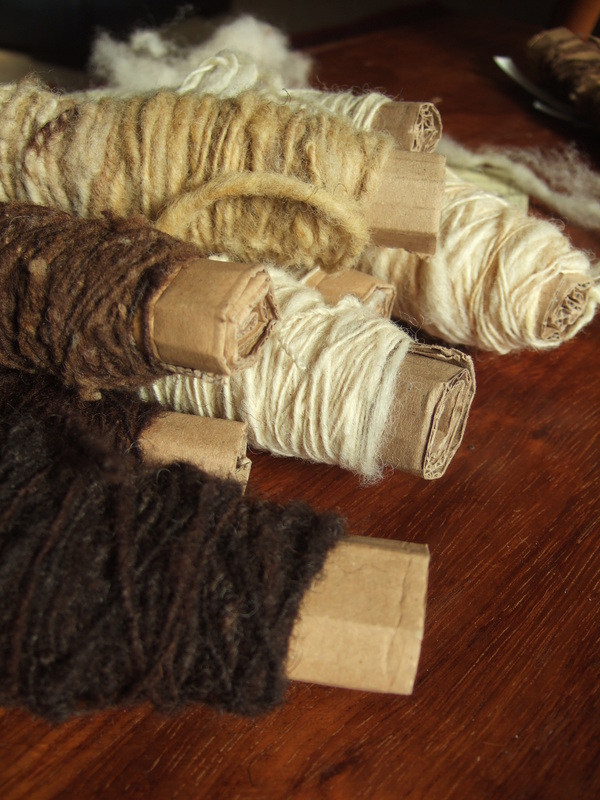
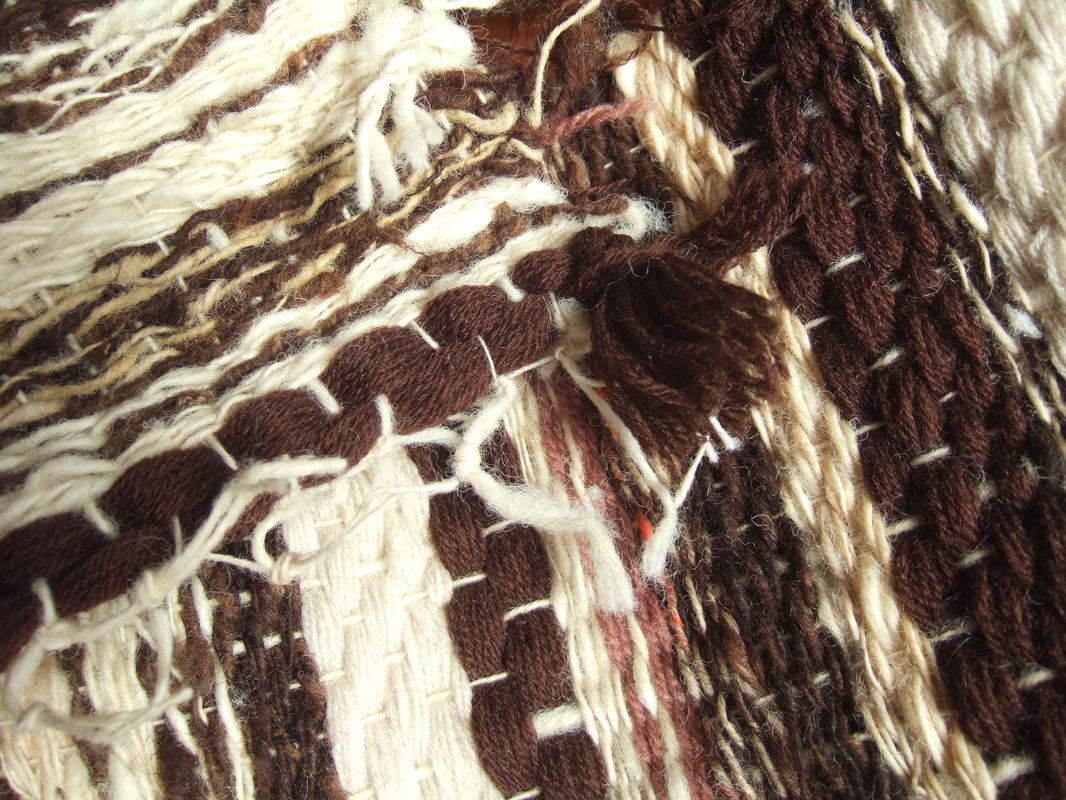
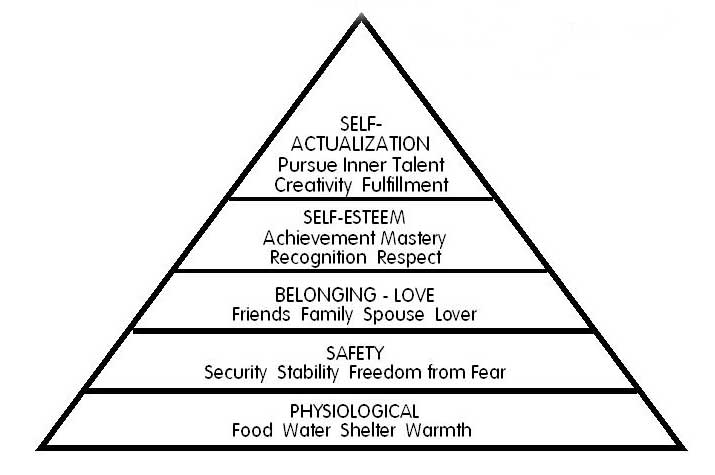
 RSS Feed
RSS Feed